The Imperial War Museum originally opened as a museum to end all wars – that didn’t last long
Britian's national museum on war was founded to do a very different task to what it's known for today
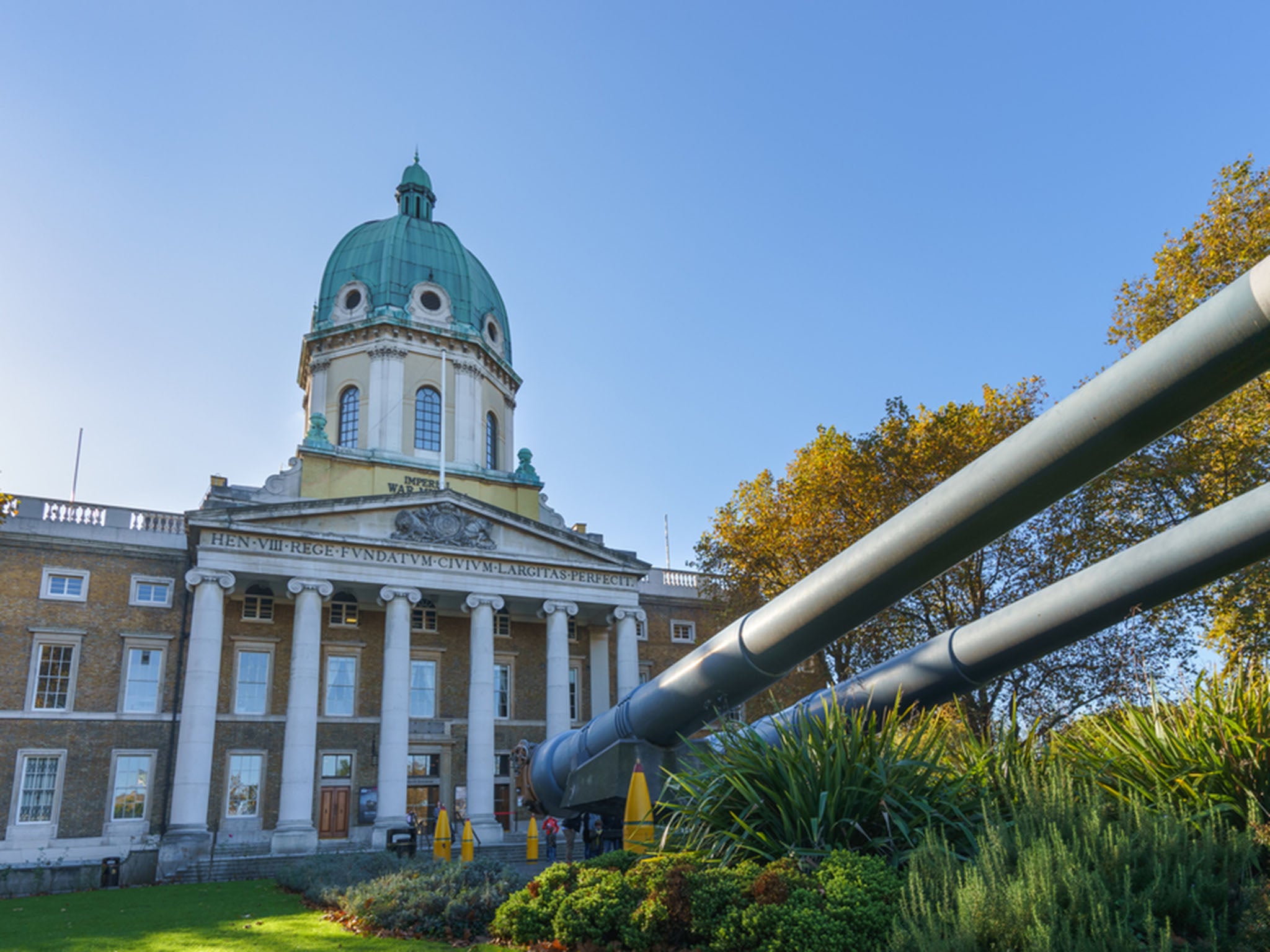
Your support helps us to tell the story
From reproductive rights to climate change to Big Tech, The Independent is on the ground when the story is developing. Whether it's investigating the financials of Elon Musk's pro-Trump PAC or producing our latest documentary, 'The A Word', which shines a light on the American women fighting for reproductive rights, we know how important it is to parse out the facts from the messaging.
At such a critical moment in US history, we need reporters on the ground. Your donation allows us to keep sending journalists to speak to both sides of the story.
The Independent is trusted by Americans across the entire political spectrum. And unlike many other quality news outlets, we choose not to lock Americans out of our reporting and analysis with paywalls. We believe quality journalism should be available to everyone, paid for by those who can afford it.
Your support makes all the difference.The Imperial War Museum (IWM) is Britain’s national museum on war. It presents a history of the whole country during wartime since 1914, alongside its former empire and dominions. This year, IWM is celebrating its centenary.
During World War I, a process to found an official institution to document the ongoing conflict began. At the opening of the museum on June 9 1920, King George V spoke of the hopes which had fuelled the foundation, saying: “We cannot say with what eyes posterity will regard this museum, nor what ideas it will arouse in their minds. We hope and pray that as the result of what we have done and suffered they may be able to look back upon war, its instruments and its organisation as belonging to a dead past.”
Of course, these hopes were totally dashed by September 1939. While World War I may have created the institution, it was World War II which transformed it into the museum that exists today.
Founding: 1917-1920
The idea of the museum came about at a bleak time for Britain. In 1917 the country’s strategic situation abroad was precarious, while at home society reeled from the effort of waging total war. Morale had sunk very low. Past research suggests that the war museum was founded in reaction to this dire situation: both to counter war weariness within the population and to commemorate the sacrifices made by all people for the country.
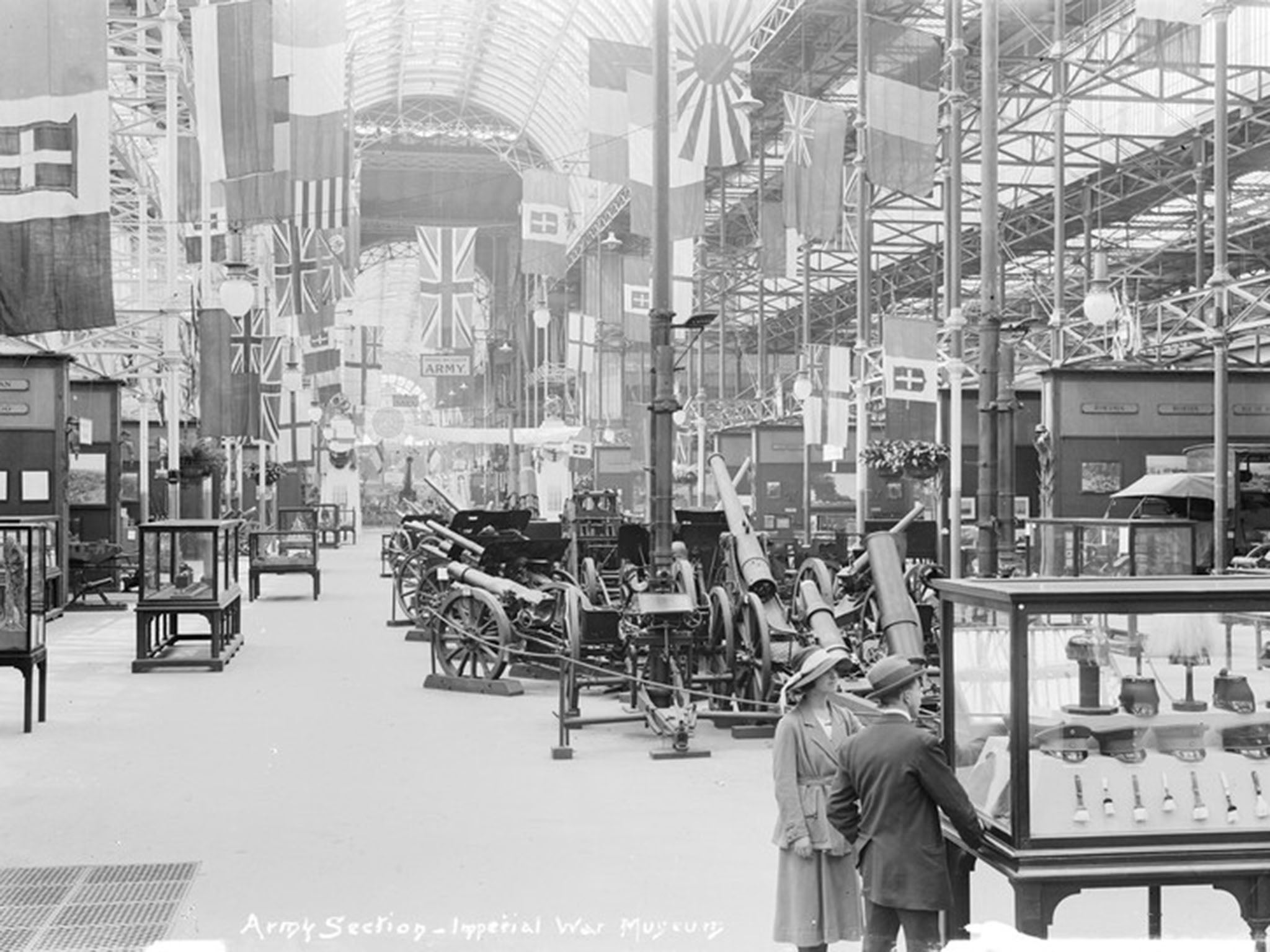
Both needs would undoubtedly have featured in the final decision to go ahead with the project. But the argument that the operational requirement of countering war weariness was its driving force feels most convincing. When Sir Alfred Mond MP proposed the idea to the War Cabinet, the British government had just undergone a political coup, with the new Prime Minister, David Lloyd George, asserting himself by reorganising Britain’s institutions and rejuvenating its war effort.
Further evidence that the initiative was operationally driven lies in its initial budget – just £3,000 – and that during 1916 all national museums were closed to save money. State orchestrated commemoration would certainly not have been a top priority at this time.
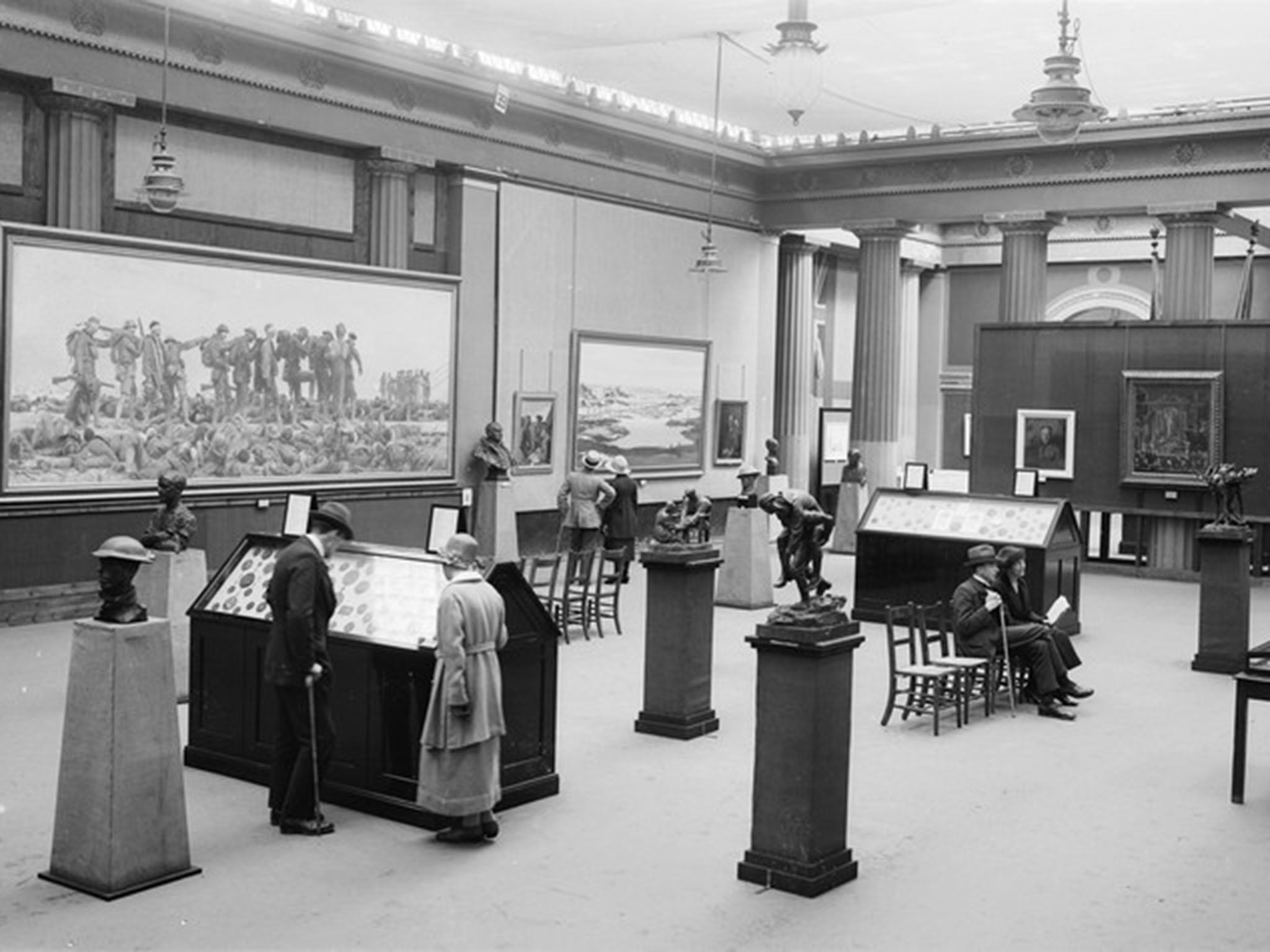
Following the cabinet’s approval, an organising committee was created. Its main concern was to amass the institution’s collections. Collection subcommittees were formed, each with a specific focus, the range of which highlights the organisers’ aspirations to found a museum that was representative of the national effort.
It has been argued (in the early 90s) that this work was the most all-encompassing documentation programme ever undertaken by a cultural heritage institution. The material collected encompassed objects that would previously have been considered by many curators as valueless: trophies, for example, or photographs, personal effects and artwork produced by everyday people. The collection essentially became ethnographic, a snapshot of a nation locked in war.
The museum opened in June 1920, initially at the Crystal Palace, in Sydenham, south London. Of course, by this stage, the original aim of countering war weariness had been annulled with the end of the war. An attempt to define the museum as a national war memorial had also flopped.
And so the organisers redrafted the project’s purpose. Now, the idea was to create a museum that covered the whole British Empire and its dominions, so raising the instiution’s profile. Accordingly the name of the museum changed from the National War Museum to the Imperial War Museum – the word “imperial” signifying its broader international remit, rather than subject matter.
Reinvention: 1939-1946
Over the interwar years IWM changed little, apart from several relocations. In line with the King’s opening speech, it focused on the “war to end all wars” (as World War I was then known), commemorating its sacrifices and championing the message that war is folly. But World War II quashed the concept of the war to end all wars, and threatened IWM with cultural irrelevancy. Reinvention became essential for its long-term continuance.
When World War II broke, IWM closed to the public. But the museum did not stop working. Leslie Bradley, IWM’s director general at the time, pushed to convince its trustees and the government of the need to document the new conflict. Eventually, the museum received the permission needed and, in December 1939, started collecting.
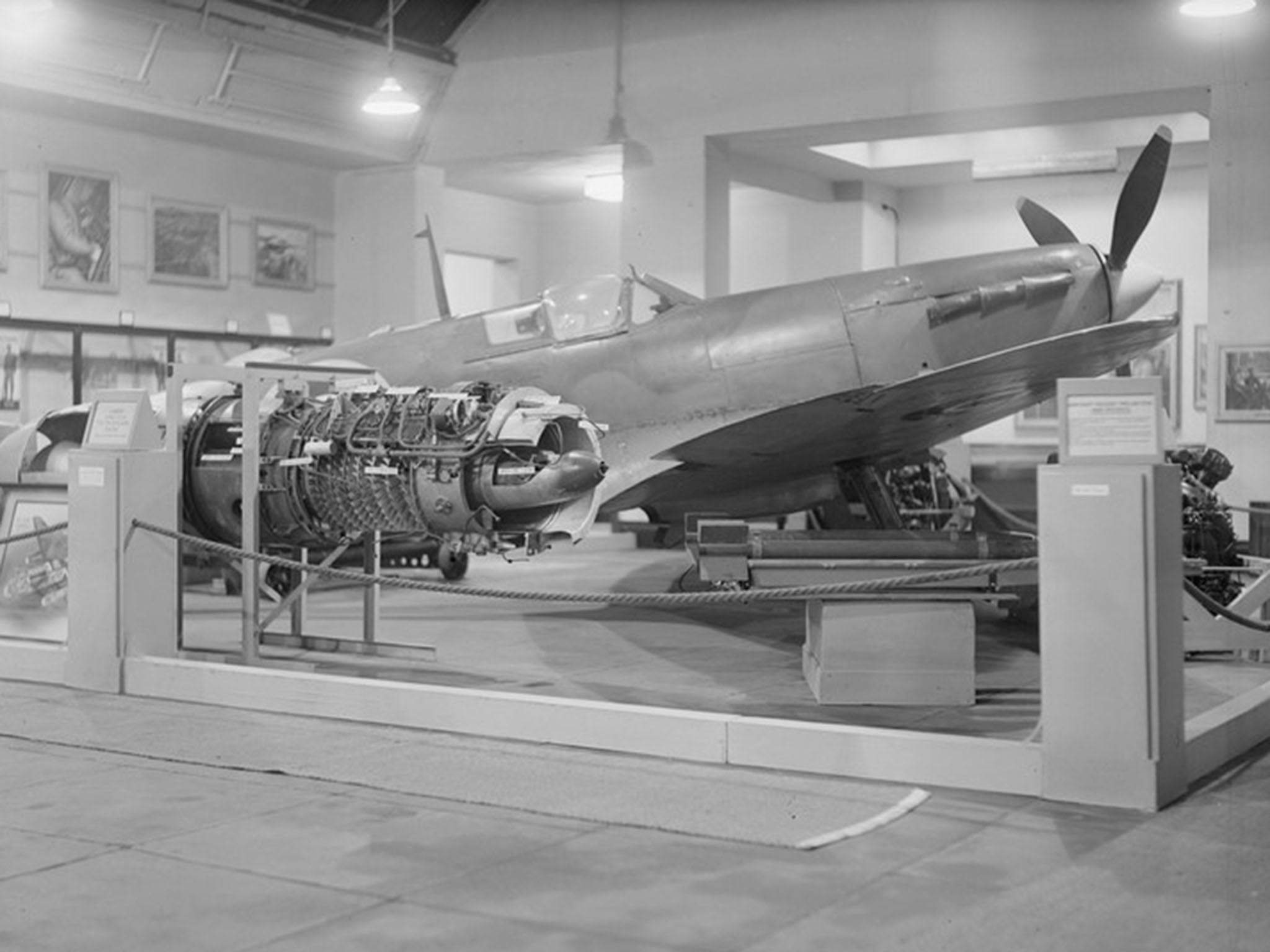
With limited resources, IWM focused initially on collecting ephemera such as posters, information pamphlets and other documentation. At the same time it tried to enrol the services and government departments into earmarking and saving artefacts for exhibition after the war. This was not an easy task – these bodies were concerned with more pressing matters. But by the war’s conclusion, sufficient cooperation had facilitated a range of impressive material. One such accession, made early in the process, was the “piece of paper” signed by both Neville Chamberlain and Adolf Hitler not long before hostilities began.
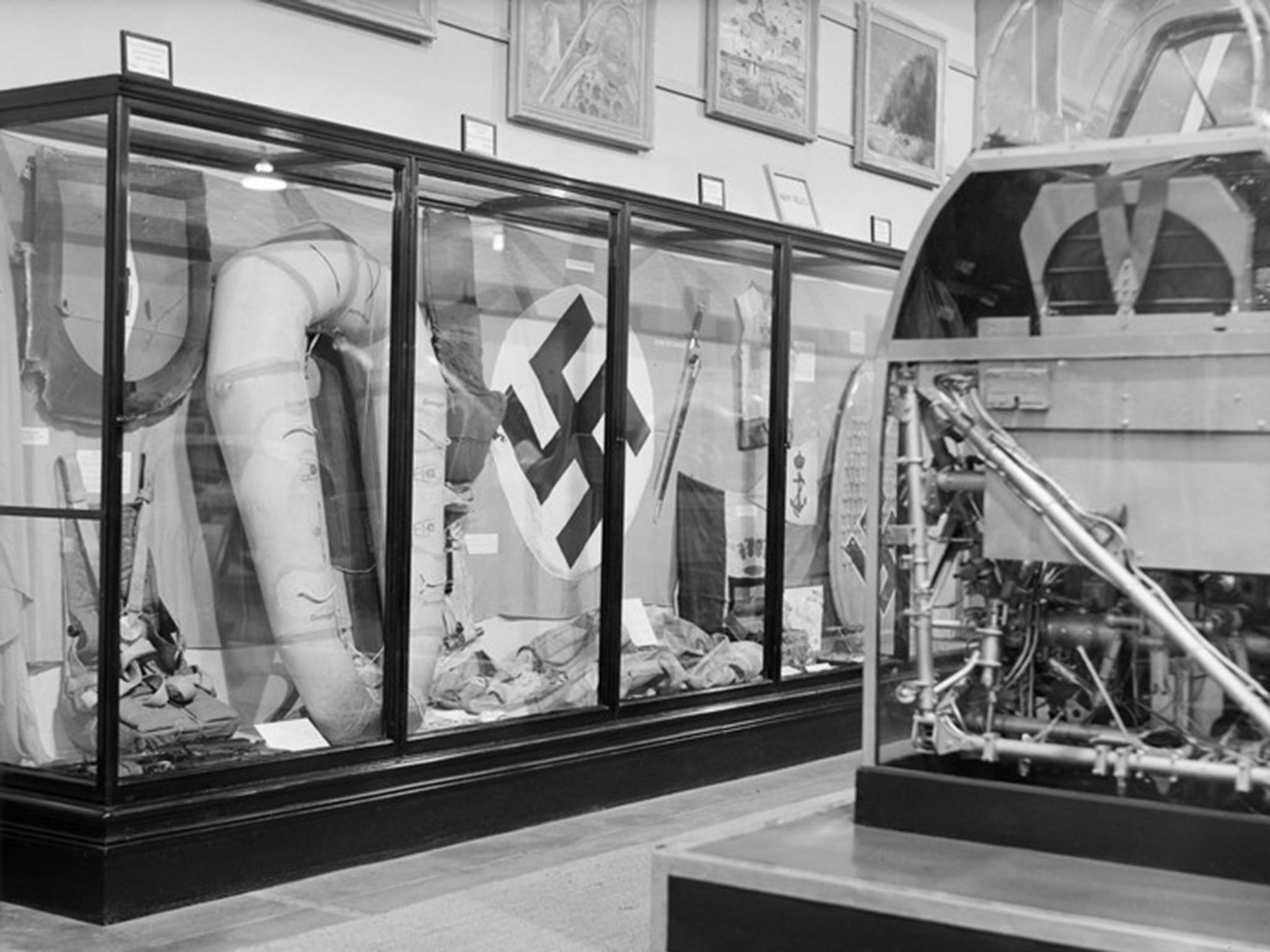
IWM reopened in 1946. In galleries once reserved for the “Great War”, artefacts of a newer, more terrible conflict shared the space. The museum of the “war to end all wars” was no more, and a museum which would eventually cover all Anglo-Commonwealth conflict since 1914 was born. Since then, new museums have opened in Duxford and Manchester. HMS Belfast and the Churchill War Rooms are also part of the IWM family.
Conceived partly as a propaganda tool, IWM must have defied some initial expectations in reaching the age of a hundred. Through doing so, it has become one of the most important institutions on war perpetrated by Britain, the Commonwealth and other countries during the 20th and 21st centuries.
Beyond its propensity to adapt, perhaps the dark underbelly of IWM’s success is people’s innate interest in conflict. As Dian Lees, the current director general has said: “War… is always going to be fascinating to a certain section of the audience, and our job is to broaden that audience.”
Where IWM will be in another hundred years remains to be seen. But in an increasingly uncertain world, one can conjecture that the interest in it across the UK and further afield will not subside anytime soon.
Philip W Deans is a PhD candidate at Newcastle University. This article first appeared on The Conversation (theconversation.com)
Join our commenting forum
Join thought-provoking conversations, follow other Independent readers and see their replies
Comments